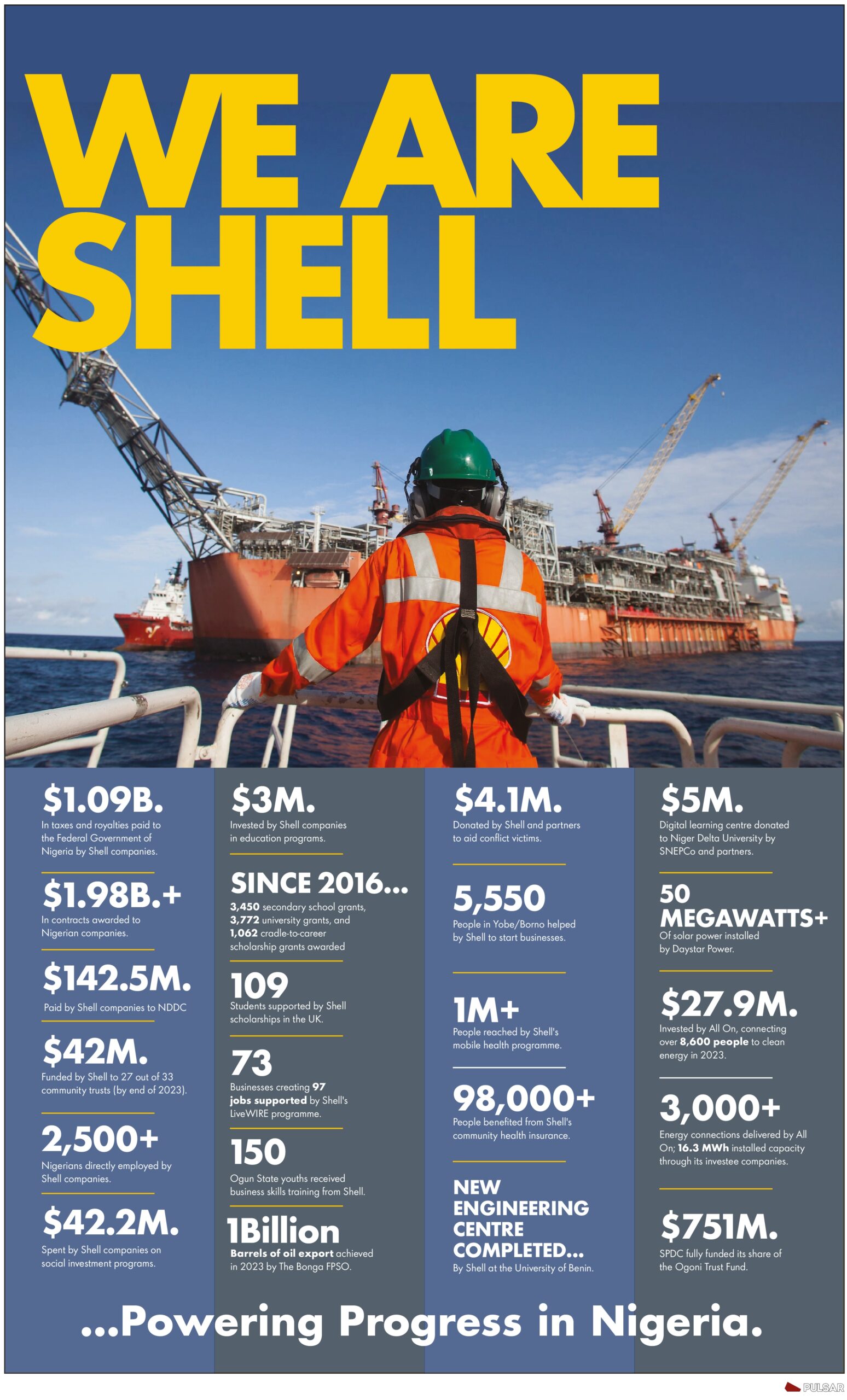…solicits stakeholders’ comments and feedback on the 6GHz for Wi-Fi – 6 and International Mobile Telecommunications (MT).
The Nigerian Communications Commission NCC has identified some key factors which include people, collaboration data, compliance, and Digitalization that will help it in driving its strategic goals.
Dr. Aminu Maida, Executive Vice Chairman/Chief Executive Officer
Nigerian Communications Commission disclosed this at the Annual Stakeholders’ Consultative Forum on Emerging Technologies held in Lagos.
The EVC who was represented by Executive Commissioner, Technical Services NCC, Engr Abraham Oshadami welcomed the stakeholders present to what he described as the historic event where Nigeria is set to join the league of countries already utilizing part of the 6GHz band for Wi-Fi -6 applications.
He said: “I am happy to be associated with this process because when the Government of His Excellency President Bola Ahmed Tinubu GCFR brought us on board in the year 2023, we decided to reposition the Commission on a path that will ensure the uptake of opportunities through our strategic focus areas which is driven by the recognition that each of our stakeholders whether it is our Licensees & Industry operators, Consumers or Government maintains unique perspective and have certain expectations of us as the Commission.”
“Therefore, to accomplish our objectives in driving our strategic goals, the Commission identified some key factors, which include people, collaboration data, compliance, and Digitalization. “
Guided by our actions in the right direction and, of course, that of the Federal Government through the minister’s Strategic Blueprint centered around knowledge policies, infrastructure, innovation, entrepreneurship and Capital as well as Trade, we have been able to set the ball rolling to enhance telecommunication service delivery in Nigeria.”
He said in line with one of the key factors on collaboration as outlined in the commission’s focus areas and the Commission’s traditionally institutionalized policy of participatory regulation and the practice of industry-wide consultations in conducting its regulatory functions, “we are here again to elicit your comments and inputs on the use of the 6GHz for Wi-Fi – 6 and International Mobile Telecommunications (MT).
“In line with global best practices, we sincerely believe that our actions must be guided by decisions that take into cognizance the inputs from all stakeholders in the industry. The 6GHz band, spanning from 5925 MHz to 7125 MHz, offers a substantial increase in available spectrum, which is crucial for supporting the growing demand for high-speed internet and advanced applications Wi-Fi plays a crucial role in the distribution of fixed broadband connectivity in homes, offices, and various other environments.
The vast majority of home internet traffic is connected to the end-user through Wi-Fi. In enterprise settings, Wi-Fi is essential for handling large amounts of data and simultaneously connecting large numbers of devices with improved reliability, higher data throughput, and lower latencies. However, the 5GHz and 2.4GHz that are being used for Wi-Fi (Wi-Fi 5) at the moment are becoming overwhelmed due to an increase in demand for capacity. It is, therefore, imperative to identify other frequency bands to complement the 5GHz and 2.4GHz.
The recently concluded 2023 World Radio communications Conference (WRC-23) allocated the 6GHz band for Wi-Fi and IMT applications with different recommendations on how to use the band. This was the outcome of a long study cycle process leading to the decision at the WRC-2023 in Dubai, United Arab Emirates.
Today, we present to you our thoughts and recommendations on the use of the Spectrum band to get your feedback for informed decision-making. I welcome you all and wish you a fruitful deliberations.”
